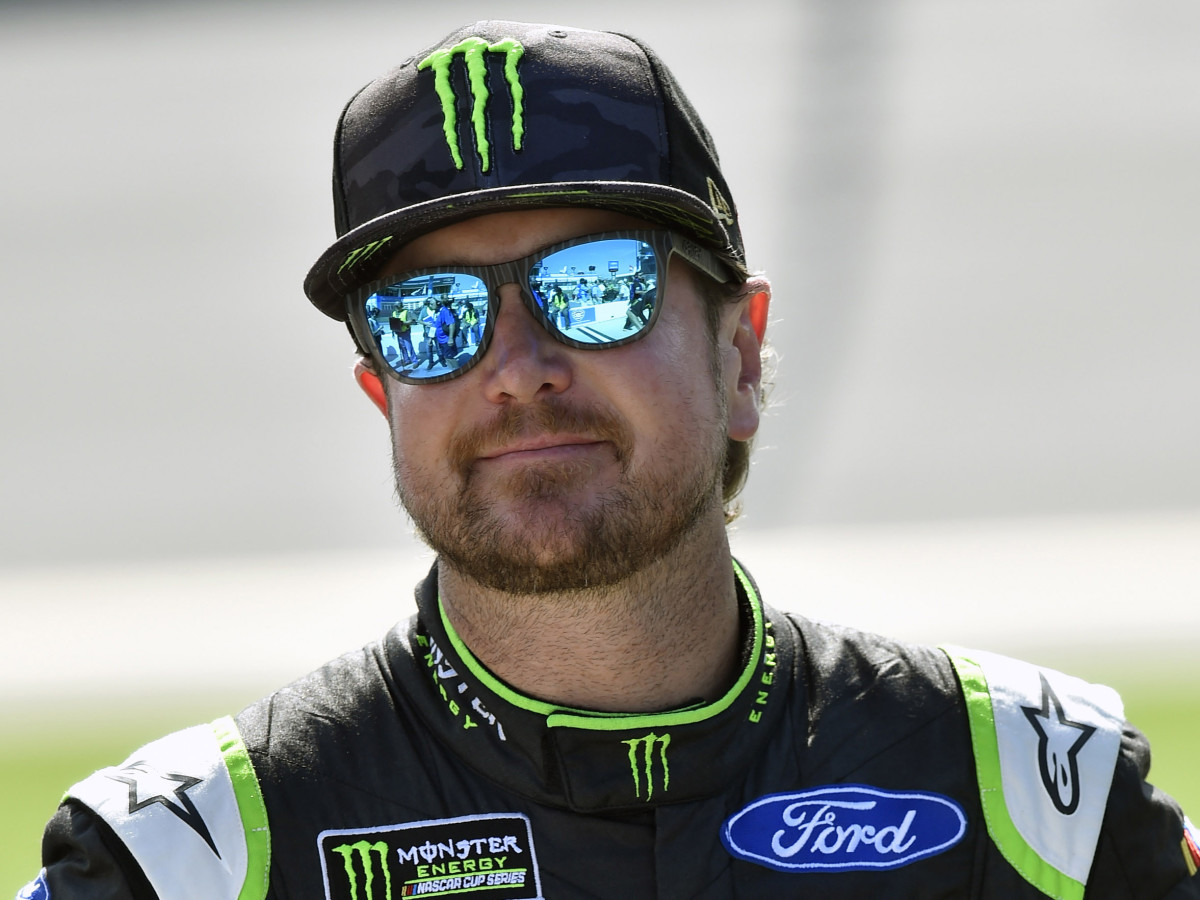NASCAR working to remain fan-friendly and attract more fans to its many races

Kurt Busch sits in the driver’s seat of his No. 41 Stewart-Haas Racing Ford, hands on the wheel and seconds away from taking a practice run when something reaches through his car window. It’s a hand gripping an autograph card.
Busch takes a pen and signs the card, figuring it’s the only way to get the fan, desperate for his autograph, off the track.
“I had to sign it because it was a safety thing,” he said. “It was like, ‘Dude you need to get out of the way because we are about to pull out.’”
That’s NASCAR.
Clint Bowyer has an old photograph of his father standing on top of a motorhome with a Coors Light in his hand. He’s at Talladega and Bowyer says you can see the fun on his face.
Dale Earnhardt Jr. hits wall in potential final Cup start at Daytona
That’s NASCAR.
They’ve signed dogs, babies and everything in between, interacted with fans up until hopping in their cars and brushed elbows with celebrities before races.
That’s NASCAR.
It’s a sport that prides itself on having fan access like no other can provide, yet the number of fans willing to show up and tune in is slipping.
It’s no secret the numbers aren’t what they used to be. NASCAR stopped giving attendance estimates in 2012, but at many races, empty seats can be found in abundance.
In the last 13 years NASCAR has gone through a series of changes in the hopes of drawing more viewers. In 2004, a playoff format was introduced to make the end of season more competitive. Prior to the change a driver could race well to start the season and then coast through the remainder of the races, leaving fans little to get excited about. Since then, more updates have taken place, some minor and some major, all in the name of viewership.

Busch, who won the first NASCAR Cup championship under the “playoff format” in 2004, likens the end of the season to watching a swimming race.
“If we watched Michael Phelps swim a thousand meter race that would be like our old format,” he said. “Now, isn’t it exciting to watch Phelps swim a hundred meter or two hundred meter? Because then the race is going to come down to a tenth of a second, or who is reaching right at the last second to touch the wall.”
The competitive end-of-season format is more appealing to fans, he says, and as football season begins and baseball heats up, NASCAR needs an edge.
“The format is so much better than it ever was, but sometimes it is still not enough,” Bowyer said.
Fans of any sport are always hungry for more, and in today’s world “more” is easy to come by. They can look at NASCAR through a variety of lenses: social media, video highlights and online coverage all through their phones. The only way they don’t seem to be consuming their sport? By watching the actual race.
“There are so many sources of saturation that fans can get their NASCAR info from that they don’t necessarily have to come to the track to see it live anymore,” Busch said.
Family is first for proud dad Tony Kanaan as his arm and helmet will attest
Busch certainly thinks about how to increase viewership. In fact, he believes it is every driver’s duty to be in tune with ways to improve the sport. The problem with NASCAR in its current format, he says, is an oversaturation of races. With 38 races a year and multiple races at each track, people find excuses not to attend, under the premise they will catch the next race.
“If we went to every race track just once it would become that marquee event again for that region,” he said. “I think that is something that we definitely need to look at as the future starts to unfold.”
Between races, drivers are left thinking about the current landscape of their sport, wondering what it will look like in years to come. But when race day rolls around it is business as usual (Busch and Bowyer will race at the Kentucky Speedway Saturday at 7:30 p.m. on NBCSN). For drivers, the viewership is only part of the equation.
“What brings you back week in and week out, what makes you strap on that helmet is the competition,” Bowyer said. “You always want to beat that a------ parked next to you.”
